Peacock Herl Body
February 21, 2010
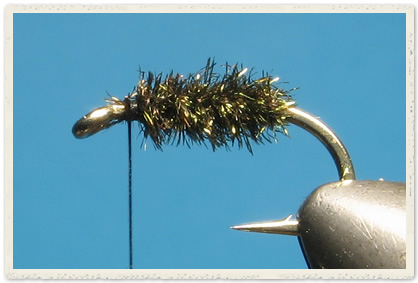
The technique outlined below illustrates how to produce a full peacock herl body. You can use it for dressing flies like the Red Tag, Black and Peacock Spider, Coachman, Diawl Bach, and Temuka. If you’re tying a pattern like the Royal Coachman you’ll tie the herl sections as you would a salmon fly butt, that is, without twisting the herl into a rope.
Tying instructions:
Toggle sequence Left/Right Handed ↔
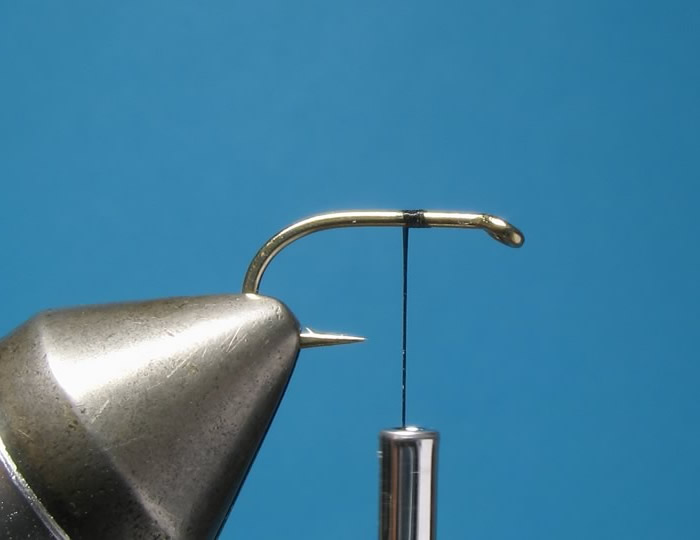
1. Start the thread where you want the front of the body to end. Then select some good quality herl. The amount of herl will depend on the size of the fly and your own preference. Try and pick herl of similar length. I’m using three strands here for a size 12 Black and Peacock Spider.
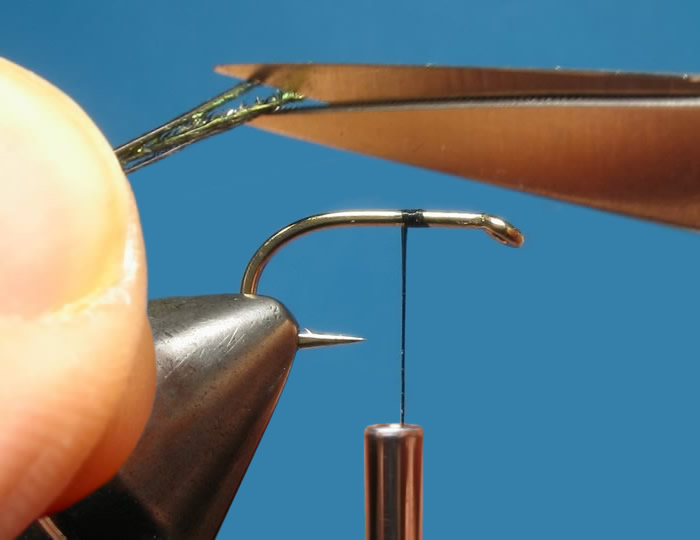
2. Line up the herl and snip off the fine ends which are usually weak and brittle.
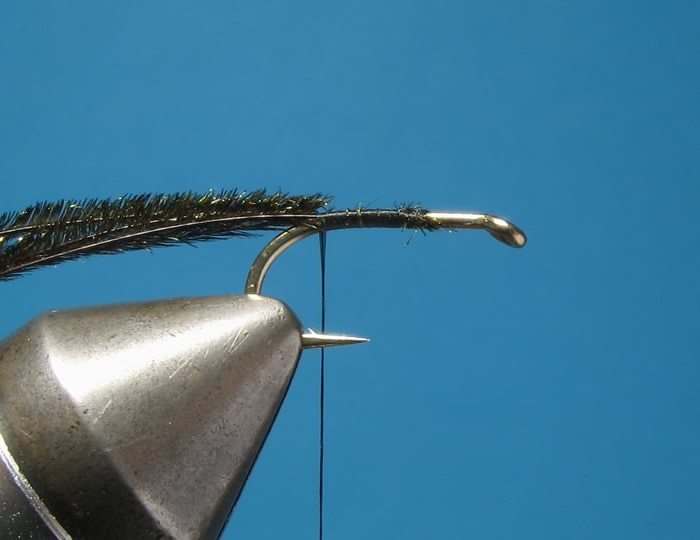
3. Tie in the herl on top of shank or at the near side. Make touching turns of thread to take the herl to the rear of the body – in this case that’s the end of the shank. Keep the herl aligned with the shank.
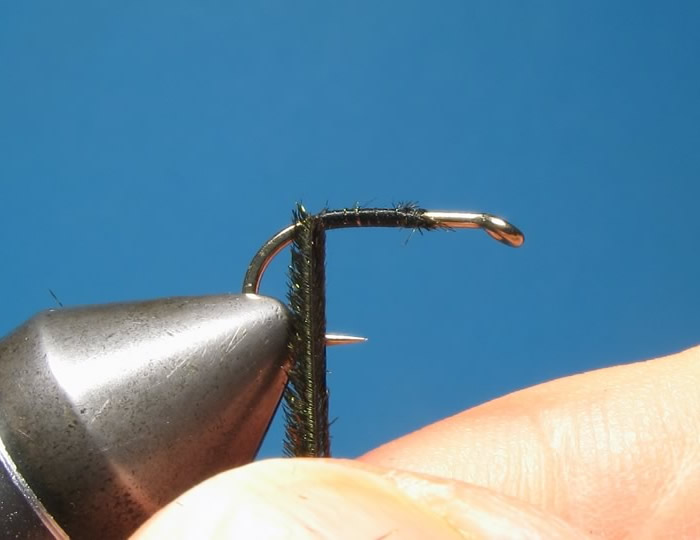
4. Bring the thread toward you, in this case in front of the point, and take the herl down in line with it.
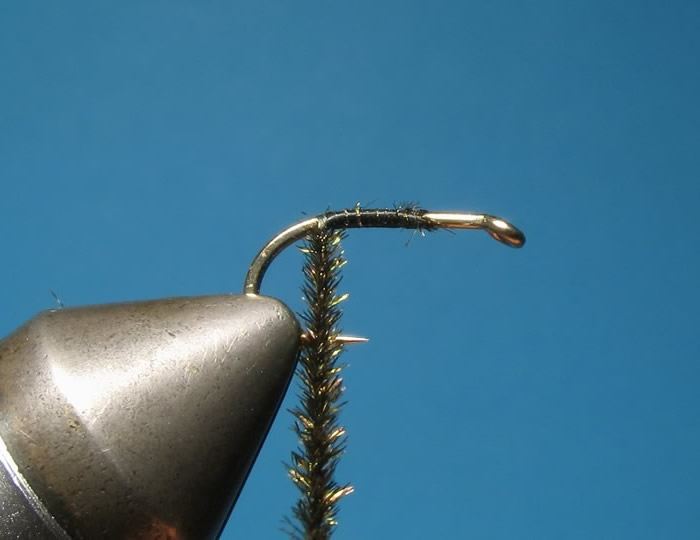
5. Then, between index finger and thumb, twist the thread and herl into a rope, a peacock herl chenille.
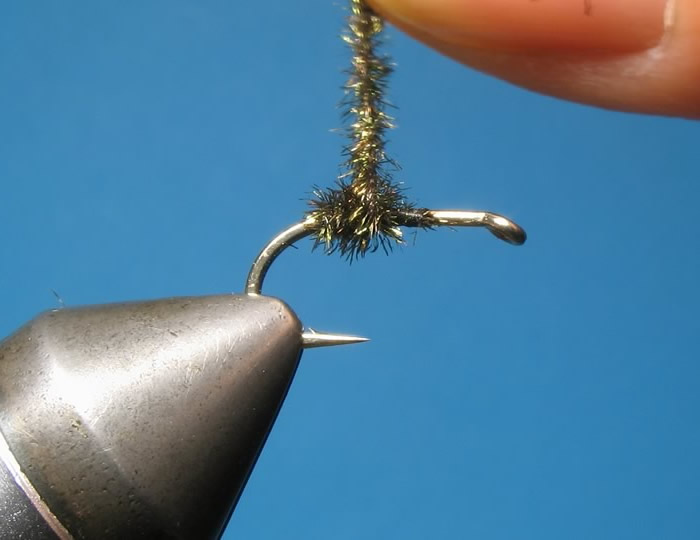
6. Wind the peacock herl rope forward in close touching turns.
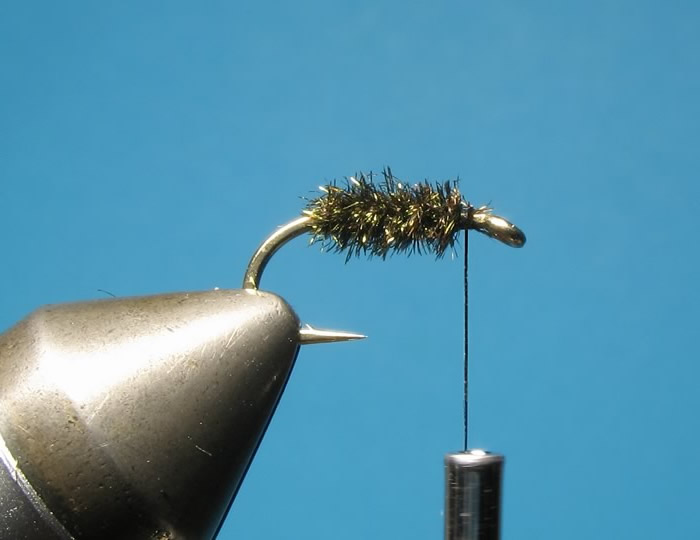
7. At the front of the body allow the herl to unwind from the thread – it may need a little help. Then tie off the herl and cut away the waste.
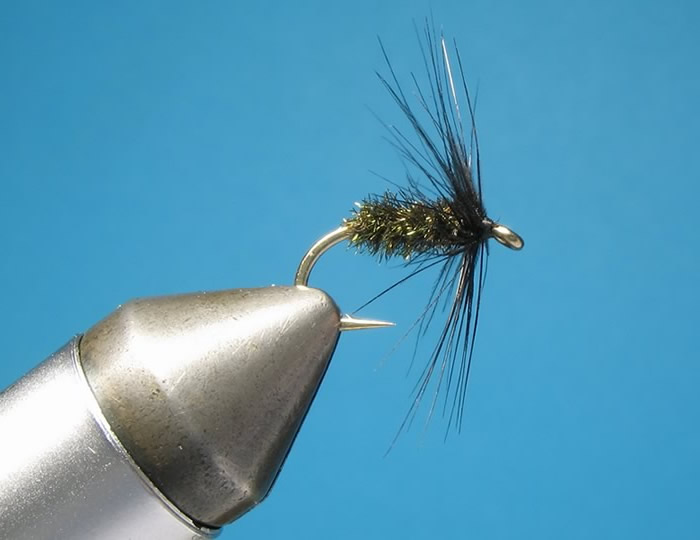
8. Complete the fly with the remaining elements. Here I’ve finished off with black hen hackle and a whip finish for a Black and Peacock Spider.
Variations:
If you want a more plump body on the fly, you’ll need to build a thicker underbody before forming the peacock rope. Some herl has longer filaments (barbules) which will also give a more full body. Adding more herl works to thicken the body also.
A couple of things you can try if you’re concerned to make the fly more durable is add a drop of head cement to the underbody before wrapping the rope forward; also you can add a counter-wound rib. If you want a rib that’s hardly visible, try using tarnished fine gold wire.